History And Culture

Tourism Sites
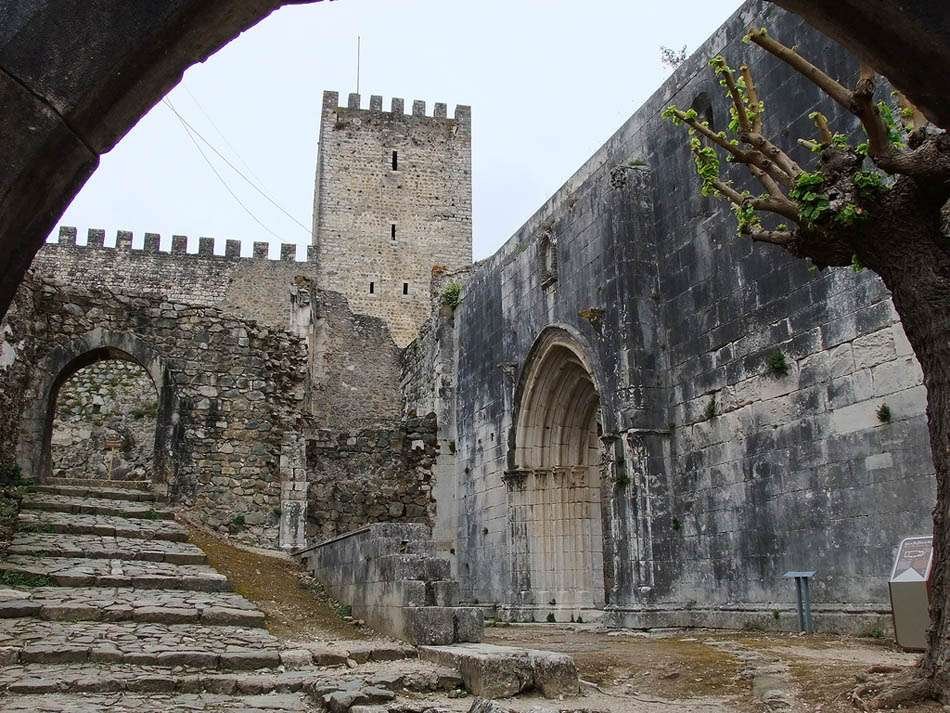
Castle of Leiria
🧠 Fact: An impressive medieval castle offering commanding views over the city of Leiria.
💡 Tip: Visit at sunset for dramatic views of the city and countryside.
Info: Leiria Castle, perched atop a hill in central Portugal, is a testament to the nation's medieval heritage. Originally constructed in the 12th century by King Afonso Henriques as a defense against Moorish forces, it was later enhanced by King Sancho I and King Dinis, who added the prominent keep in 1324. The castle complex includes the Church of Nossa Senhora da Pena and the Royal Palace, showcasing a blend of Romanesque and Gothic architecture. Restored in the 20th century, Leiria Castle now offers panoramic views of the city and serves as a cultural landmark, reflecting its historical significance and architectural evolution.
- 📍 Portugal. Leiria
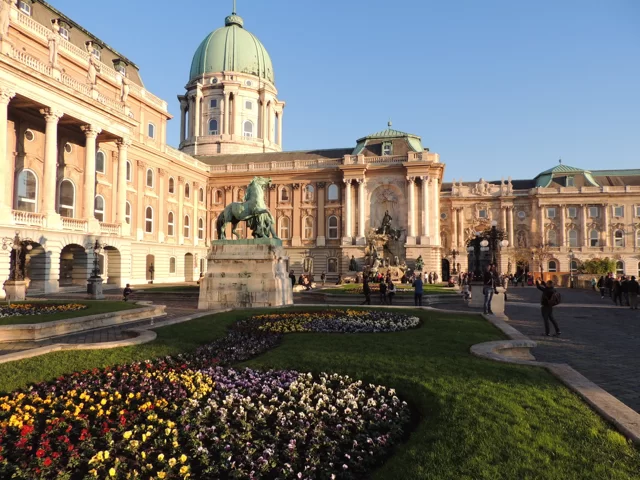
Castle of the Moorsi
🧠 Fact: A medieval hilltop fortress offering panoramic views over Sintra and Lisbon’s coastline.
💡 Tip: Combine with a visit to Pena Palace on the same day — they’re walking distance apart.
Info: The Castle of the Moors (Castelo dos Mouros) is a medieval fortress perched atop the Sintra Mountains in Portugal. Built by the Moors in the 8th or 9th century, it served as a strategic stronghold to oversee the surrounding lands and maritime routes to Lisbon. After the Christian conquest in 1147, the castle was entrusted to its inhabitants and later underwent restorations, notably by King Ferdinand II in the 19th century, who transformed it into a romantic ruin. Today, visitors can explore its ancient battlements, climb its towers, and enjoy panoramic views of Sintra, the Atlantic Ocean, and nearby landmarks like the Pena Palace. The castle is part of the Sintra-Cascais Natural Park and contributes to the area's designation as a UNESCO World Heritage Site.
- 📍 Portugal, Sintra

Coimbra
🧠 Fact: A university city known for its centuries-old academic traditions and the historic Joanina Library.
💡 Tip: Don’t miss the Fado de Coimbra performances — unique to this city.
Info: Coimbra, a historic city in central Portugal, is renowned for its prestigious University of Coimbra, one of the oldest in Europe. The city boasts a rich cultural heritage, with landmarks like the Joanina Library, the Royal Palace, and the Romanesque Old Cathedral. Coimbra’s charming old town, nestled along the Mondego River, features narrow streets, lively cafés, and fado music unique to the region. Once Portugal’s medieval capital, Coimbra remains a vibrant blend of academic tradition and historical charm.
- 📍 Portugal, Coimbra
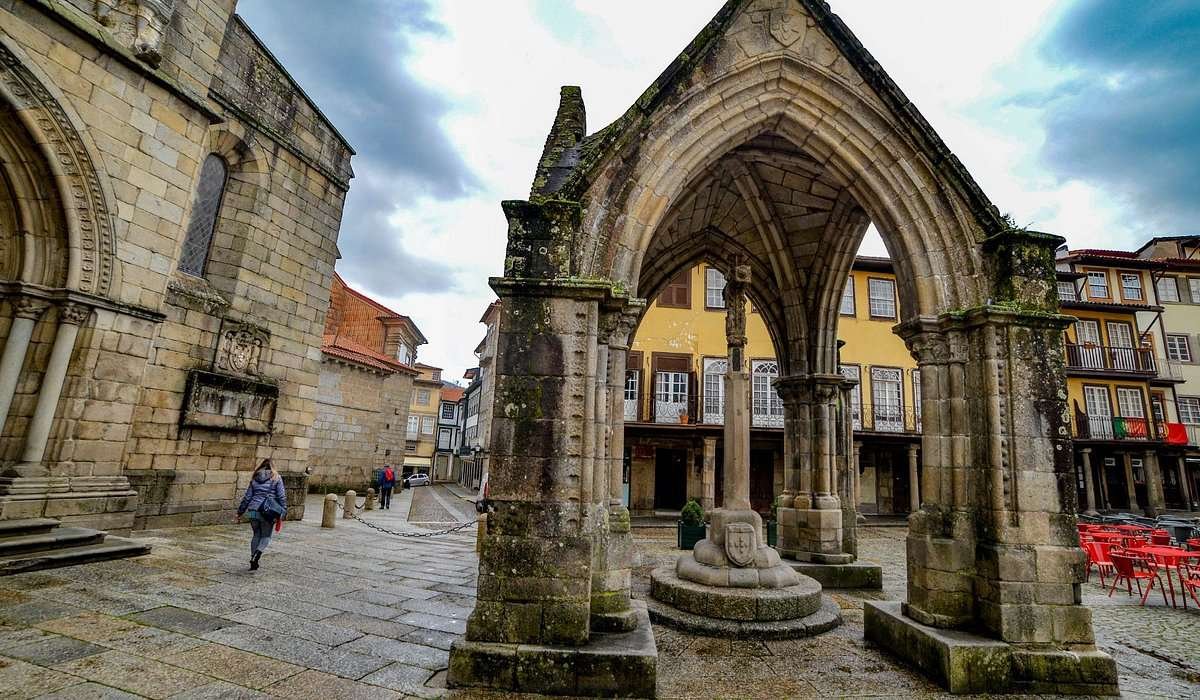
Guimarães
🧠 Fact: : Known as the birthplace of Portugal, Guimarães boasts a well-preserved medieval town center and a historic cast
💡 Tip: Visit the Palace of the Dukes of Braganza for a glimpse into royal history.
Info: Guimarães, often called the "birthplace of Portugal," is a historic city rich in medieval charm and national pride. It was the site of major events in the formation of the Portuguese nation, including the Battle of São Mamede. Its well-preserved old town, a UNESCO World Heritage Site, features cobbled streets, ancient walls, and landmarks like the Guimarães Castle and the Palace of the Dukes of Braganza. With its blend of history and vibrant culture, Guimarães is a must-visit.
- 📍 Portugal, Guimarães
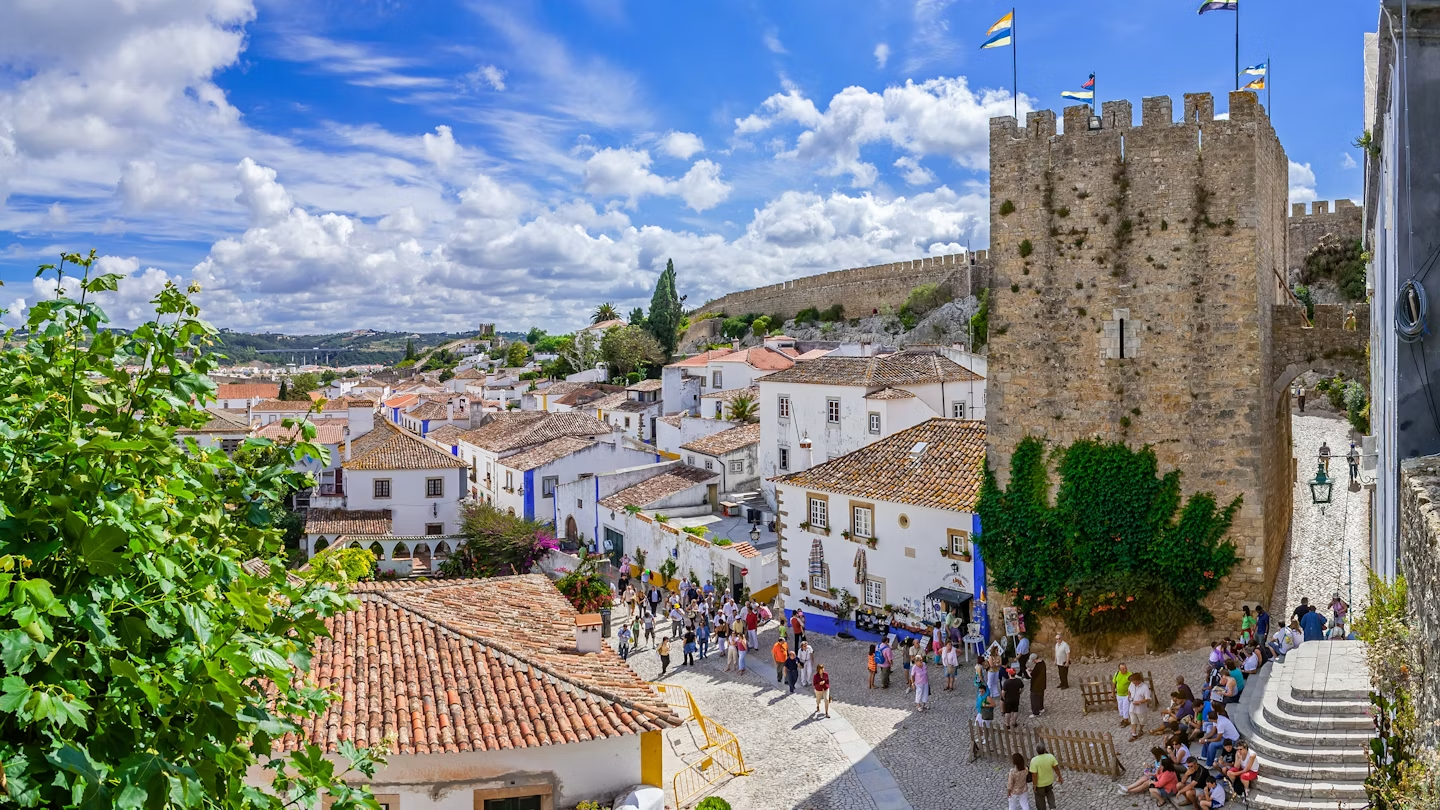
Óbidos in Portugal
🧠 Fact: A picturesque medieval walled town famous for its cobbled streets and cherry liqueur, Ginja.
💡 Tip: Try Ginja served in a chocolate cup — a local favorite treat.
Info: Óbidos is a beautifully preserved medieval town in central Portugal, renowned for its cobbled streets, whitewashed houses adorned with bougainvillea, and a majestic 12th-century castle that now serves as a historic hotel. Often called the “Wedding Present Town” due to its tradition of being gifted to Portuguese queens, Óbidos exudes romantic charm and historical significance. The town hosts vibrant cultural events, including the annual Medieval Market and the FOLIO International Literary Festival, reflecting its designation as a UNESCO City of Literature. Visitors can enjoy local delicacies like the cherry liqueur ginjinha, often served in edible chocolate cups, and explore unique bookstores housed in repurposed spaces such as churches and markets. Just an hour's drive from Lisbon, Óbidos offers an enchanting glimpse into Portugal's rich heritage.
- 📍 Portugal, Óbidos
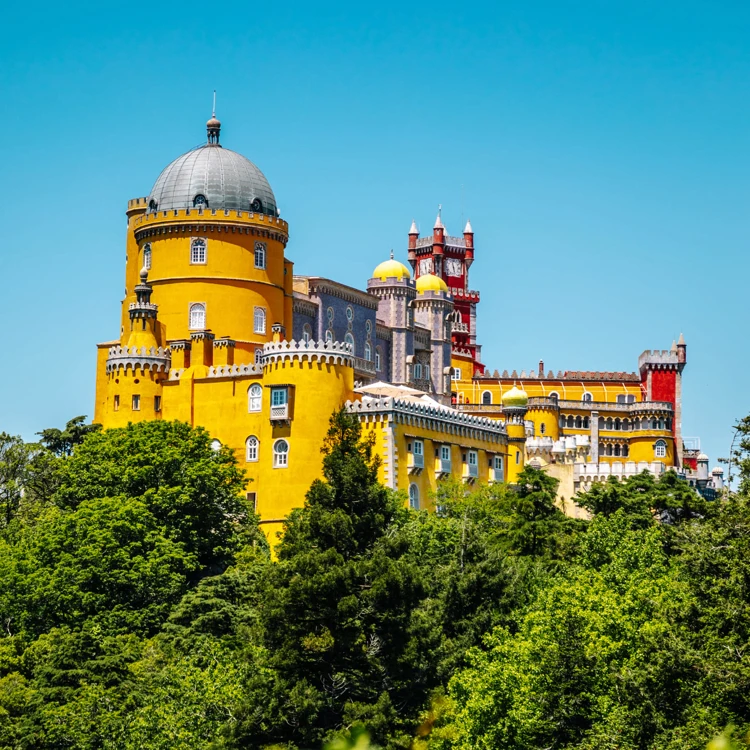
Pena Palace
🧠 Fact: A 19th-century Romanticist castle perched on a hilltop, often enveloped in mist.
💡 Tip: Visit early in the morning to avoid heavy crowds and get clearer photos.
Info: Pena Palace is a vibrant and eclectic 19th-century castle perched atop a hill in Sintra, Portugal. A UNESCO World Heritage Site, it is a masterpiece of Romantic architecture, blending Gothic, Manueline, Moorish, and Renaissance styles. Painted in vivid reds and yellows, the palace is surrounded by lush forests and offers stunning views of the surrounding landscape. Built by King Ferdinand II, it served as a summer residence for the Portuguese royal family. Today, Pena Palace is one of Portugal’s most iconic landmarks, attracting visitors from around the world with its fairy-tale charm and historical significance.
- 📍 Portugal, Sintra
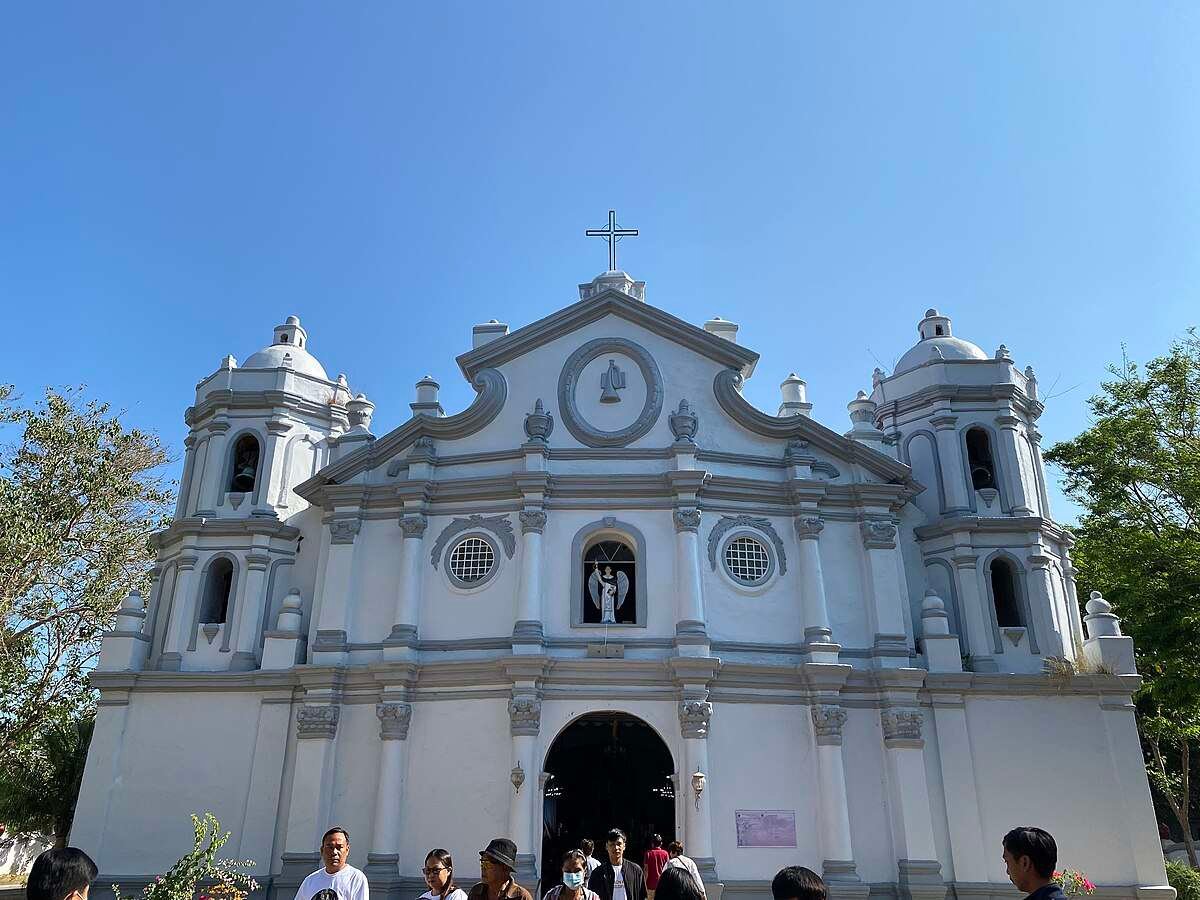
São Vicente Parish Church
🧠 Fact: A notable church in the north of Madeira, known for its traditional architecture and annual festivals.
💡 Tip: Attend the local festival in August to experience Madeiran culture and festivities.
Info: São Vicente Parish Church, located in the town of São Vicente on Madeira Island, Portugal, is a charming historic church known for its simple yet elegant architecture. Dating back to the 15th century, it features traditional Portuguese design with a beautiful façade and serene interior. The church is a key cultural and religious landmark in the region, reflecting the island’s rich history and deep-rooted Catholic traditions. Visitors appreciate its peaceful atmosphere and connection to Madeira’s heritage.
- 📍 Portugal, São Vicente, Madeira
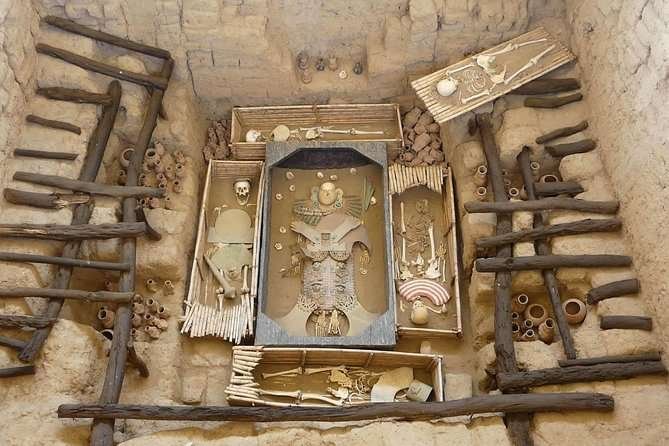
Señor de Sipán, Chiclayo
🧠 Fact: Tomb of an ancient Moche Lord, often compared to Egypt’s King Tut discovery.
💡 Tip: Visit the Túcume Pyramids nearby for a full-day archaeological adventure.
Info: The Señor de Sipán was a prominent Moche ruler from the 3rd century AD, whose intact tomb was discovered in 1987 at Huaca Rajada near Chiclayo, Peru . This archaeological find is considered one of the most significant in the Americas, revealing a wealth of artifacts including gold, silver, and precious stones . The tomb also contained the remains of several individuals and animals, suggesting complex burial rituals. Today, these treasures are housed in the Royal Tombs of Sipán Museum in Lambayeque, offering insights into the Moche civilization's sophistication and artistry .
- 📍Peru, Chiclayo

Tomar
🧠 Fact: A historic town built around the Convent of Christ, a UNESCO World Heritage Site with Templar origins.
💡 Tip: Visit during Festa dos Tabuleiros (every 4 years) for colorful traditions.
Info: Tomar, a historic town in central Portugal, is famed for its ties to the Knights Templar. At its heart lies the Convent of Christ, a UNESCO World Heritage Site blending Gothic, Manueline, and Renaissance styles. Founded in the 12th century by Templar Grand Master Gualdim Pais, Tomar also features the Church of Santa Maria do Olival and a preserved 15th-century synagogue. With its medieval charm and rich religious heritage, Tomar offers a fascinating journey through Portugal’s storied past.
- 📍 Portugal, Tomar
